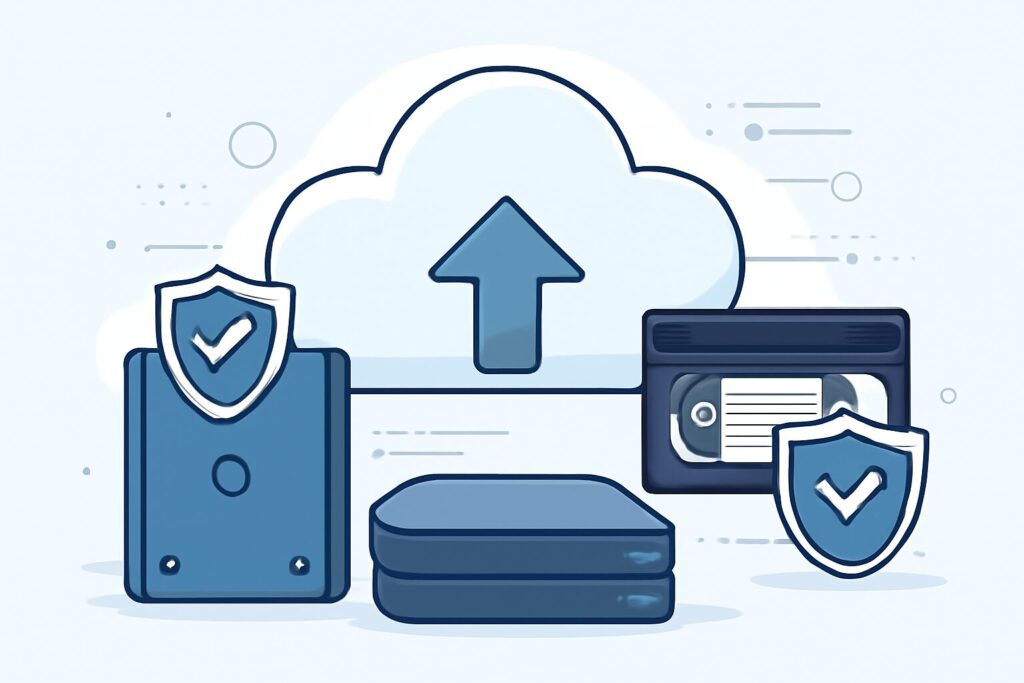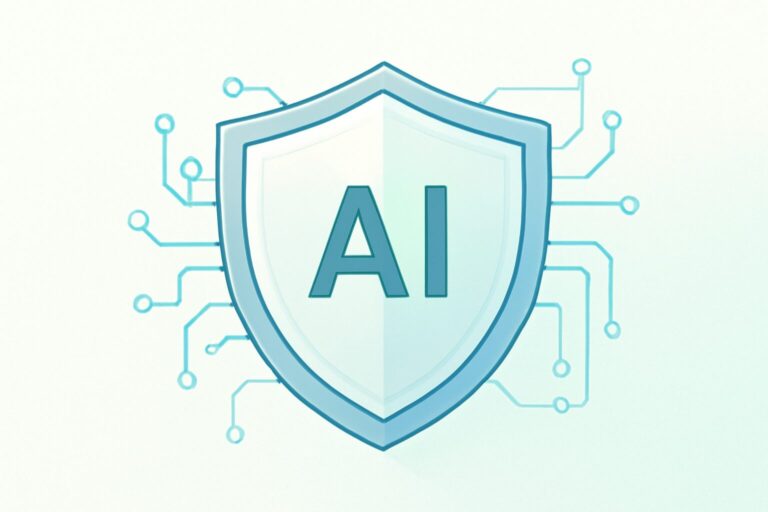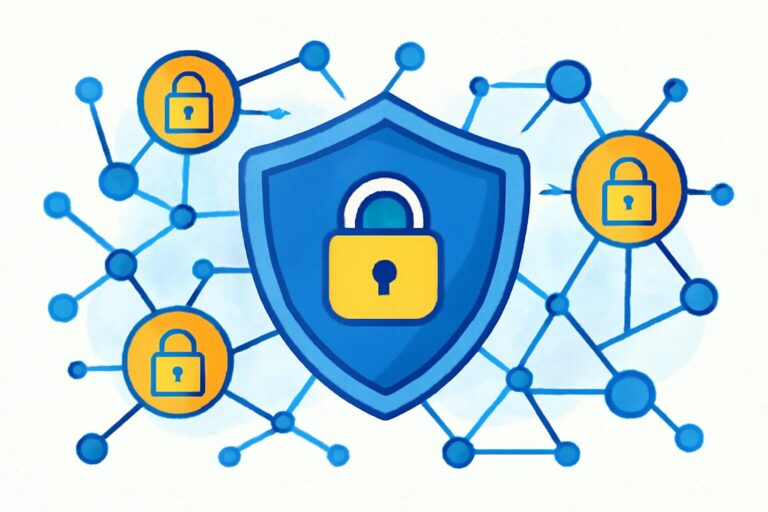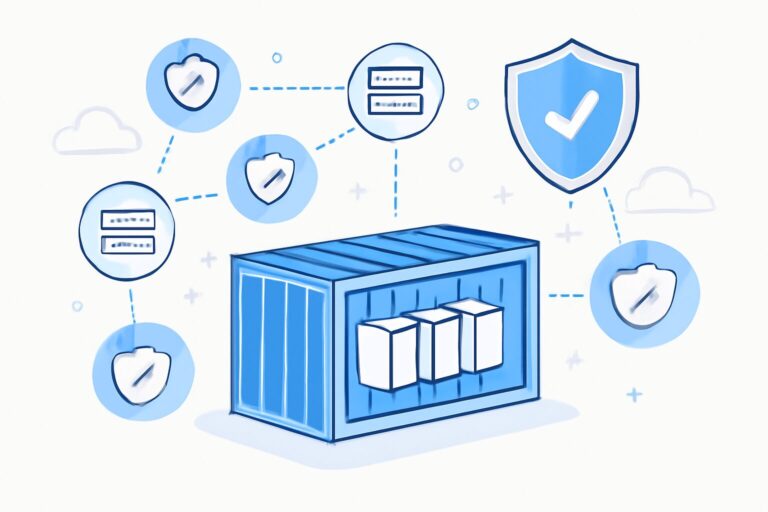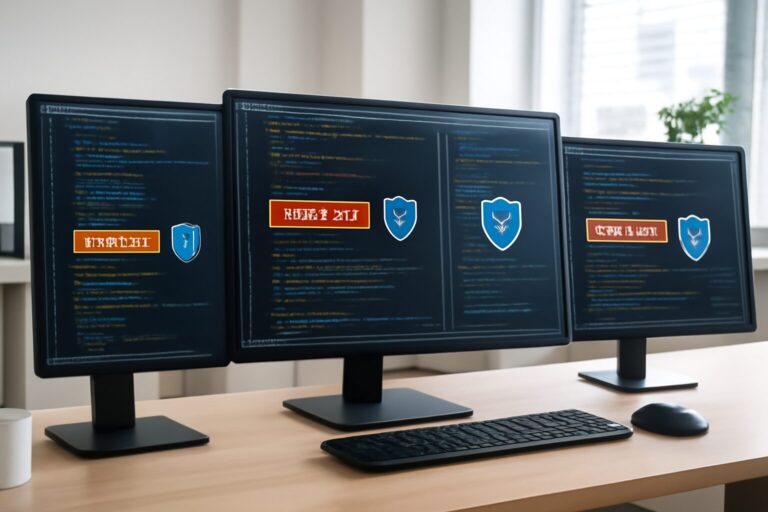# How to Implement the 3-2-1 Backup Rule with Veeam Backup as a Service
**Introduction**
In today’s data-driven era, data security and disaster recovery are critical components of enterprise IT architecture. Adhering to the **Veeam 3-2-1 Backup** rule ensures that data is securely stored across multiple locations and mediums, effectively mitigating the risks of data loss. This article dives deep into how to leverage Veeam Backup as a Service (BaaS) to achieve this gold standard, safeguard data redundancy, and enable efficient disaster recovery. Whether you are an enterprise IT administrator or a cloud backup engineer, you will find practical guidelines and professional advice here.
—
## Why Follow the 3-2-1 Backup Rule? Ensuring Data Redundancy and Disaster Recovery
The 3-2-1 backup rule is a widely recognized best practice in backup management, requiring:
– **At least 3 copies of your data** (including the primary data and backups)
– **Backups stored on at least 2 different media types** (e.g., hard drives, tapes, or cloud storage)
– **At least 1 backup stored offsite** to protect against local disasters
Why is this important? Consider a simple example: if a company neglects offsite backups and stores data only on local hard drives, a machine failure or natural disaster may cause total data loss. Similarly, ransomware attacks can make recovery extremely difficult if there is no multi-copy, multi-medium backup strategy.
Using the 3-2-1 rule reduces single points of failure and increases business continuity. Combining this with advanced backup solutions like Veeam lets enterprises flexibly manage backup policies, automate processes, enable encryption, and implement version control.
In short, **the 3-2-1 rule helps you protect data like a vault, with each copy serving as a crucial shield against diverse risks.**
—
## Understanding the Veeam Backup as a Service Platform: Cloud BaaS and Backup Replication
The Veeam Backup as a Service (BaaS) platform offers cloud-based backup solutions that combine traditional local backups with cloud resources for comprehensive data protection. Key features include:
– **Cloud backup storage:** Reliable offsite backup repositories, eliminating the need for enterprises to maintain their own offsite data centers.
– **Backup replication:** Automatically replicates local backups to cloud or other offsite storage, fulfilling the “offsite backup” criterion of the 3-2-1 rule.
– **Flexible restore options:** Supports rapid recovery of virtual machines, files, or application data from the cloud, ensuring business continuity.
– **Integrated security:** Features transport encryption, storage encryption, and multi-tenant isolation to prevent data theft or tampering.
For example, a mid-sized company leverages Veeam BaaS to replicate local backups to Amazon AWS or Microsoft Azure, synchronizing data daily. Even if their local data center fails, the operations team can quickly recover from the cloud, minimizing downtime.
It’s clear that Veeam BaaS provides robust technical support to realize the **Veeam 3-2-1 Backup** rule, greatly simplifying configuration and management, letting enterprises focus on core business.
—
## Configuring Local Primary Backups in Veeam: Best Practices for Snapshots, Compression, and Encryption
Local primary backup quality directly impacts recovery speed and integrity in a 3-2-1 strategy. Veeam offers several local backup optimization techniques:
– **Snapshot backups:** Leverage storage hardware snapshot capabilities for efficient incremental backups, reducing backup window.
– **Data compression:** Decreases backup file size, improving storage utilization and reducing bandwidth.
– **Backup encryption:** Uses AES-256 encryption to secure backup files both on local storage and in transit to the cloud.
Recommended implementation:
1. Schedule backups regularly — daily full or incremental backups combined with snapshots to speed up processes.
2. Enable “high” compression level, balancing CPU usage and storage savings.
3. Activate end-to-end encryption, especially before transferring backups offsite, preventing man-in-the-middle attacks.
With these settings, your local backups will be secure and performant. For example, a financial institution uses Veeam’s snapshot and encryption to ensure daily core accounting data backups are complete and highly confidential, while saving about 40% storage space.
—
## Building Offsite Backup Copies: Using Veeam Cloud Connect for Offsite Storage
A core step in fulfilling the offsite backup requirement of 3-2-1 is creating secure and stable offsite storage. Veeam’s Cloud Connect technology enables enterprises to push backup data directly to cloud providers without complex VPNs. Features include:
– **Plug-and-play connection:** Only authentication configuration required, no complex network setup needed.
– **Multi-tenant support:** Ensures data isolation between different customers.
– **Automatic bandwidth management:** Intelligent transfer rate adjustment to avoid network congestion.
For example, a retail company with multiple branches uses Cloud Connect to centralize backups to a cloud storage center at headquarters. This way, even if one branch suffers hardware failure or disaster, data can be quickly restored.
Additionally, Veeam Cloud Connect often integrates with leading cloud providers (AWS, Azure), offering cost advantages and ensuring high availability and compliance.
Learn more about Veeam Cloud Connect here: [Veeam Cloud Connect Official Documentation](https://www.veeam.com/cloud-connect.html) 😉
—
## Implementing Offline Cold Storage and Immutable Storage: Physical Isolation and Ransomware Protection
In response to ransomware and emerging threats, online offsite backups alone aren’t sufficient. Offline cold storage and immutable storage serve as the last security barrier:
– **Offline cold storage:** Backups saved on physically isolated devices or media (tapes, write-protected drives), disconnected from networks to avoid remote attacks.
– **Immutable storage:** Ensures backup data cannot be altered or deleted for a set period, preventing tampering or ransomware encryption.
Veeam supports integration with various immutable storage devices, such as Amazon S3 Object Lock. Even if attackers gain access, they cannot modify the backups. Additionally, completed backup files can be transferred to tape libraries, forming a “firewall-level” protection.
For instance, a healthcare organization replicates backups to local tape libraries and Amazon S3 immutable storage with Veeam, achieving multilayered protection. Thus, even ransomware cannot compromise critical data.
Remember: **Physical isolation plus logical immutability equals double protection, essential for industries with strict compliance like legal and finance.**
—
## Regular Restore Verification and Drills: Ensuring Backup Usability and Disaster Recovery Testing
Completion of backups doesn’t guarantee safety. Restore verification is crucial to ensure the 3-2-1 strategy works. Veeam provides automated recovery verification tools (SureBackup) that daily simulate VM recovery to check backup integrity and usability.
Recommendations:
1. Schedule automated recovery testing regularly to confirm backup restorability.
2. Develop recovery drill plans, conducting at least one comprehensive disaster recovery exercise quarterly.
3. Foster cross-department collaboration so IT and business units are familiar with recovery processes, reducing response time in disasters.
For example, a large manufacturing enterprise runs monthly automated backup validity checks and semiannual recovery drills with business units, significantly enhancing disaster response capabilities and avoiding costly outages.
Remember, untested backups are like unfinished paintings — only thorough testing turns them into a solid data safety umbrella.
—
## Frequently Asked Questions (FAQ)
**Q1: What exactly is the Veeam 3-2-1 backup rule?**
A1: It requires keeping at least 3 copies of data, using at least 2 storage media, with at least 1 copy stored offsite, ensuring data safety and recoverability.
**Q2: What scenarios are suitable for Veeam Cloud Connect?**
A2: Ideal for enterprises needing secure backup transfer to third-party cloud services without building complex networks, efficiently realizing offsite backups.
**Q3: How to ensure the security of backup data?**
A3: By enabling backup file encryption, transmission encryption, and using immutable storage to prevent data breaches and tampering.
**Q4: What’s the difference between offline backup and cold storage?**
A4: Offline backup stresses physical isolation, disconnected from networks; cold storage means data is stored for longer periods without access, mainly for archiving.
**Q5: How does Veeam’s SureBackup recovery verification work?**
A5: It automatically boots backup VMs to verify applications and services run normally, confirming backup validity.
**Q6: Is the 3-2-1 rule enough to handle all disasters?**
A6: While foundational, combining offline cold storage, immutable storage, and regular recovery drills maximizes safety.
—
Regardless of your enterprise’s growth stage, implementing and adhering to the **Veeam 3-2-1 Backup** rule is a golden strategy for safeguarding data assets. With cloud technology and backup services evolving, Veeam offers flexible and powerful tools making backup management smarter, safer, and more efficient. Want to learn more about building a professional data protection system? Visit De-Line Information Technology to explore our customized backup and disaster recovery services, helping your business soar safely.🌟
[Visit De-Line Information Technology Official Website](https://www.de-line.net) for details.
************
The above content is provided by our AI automation poster
